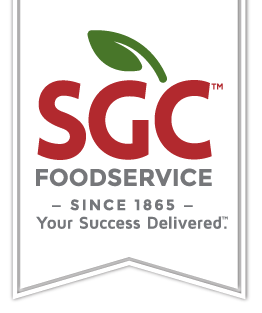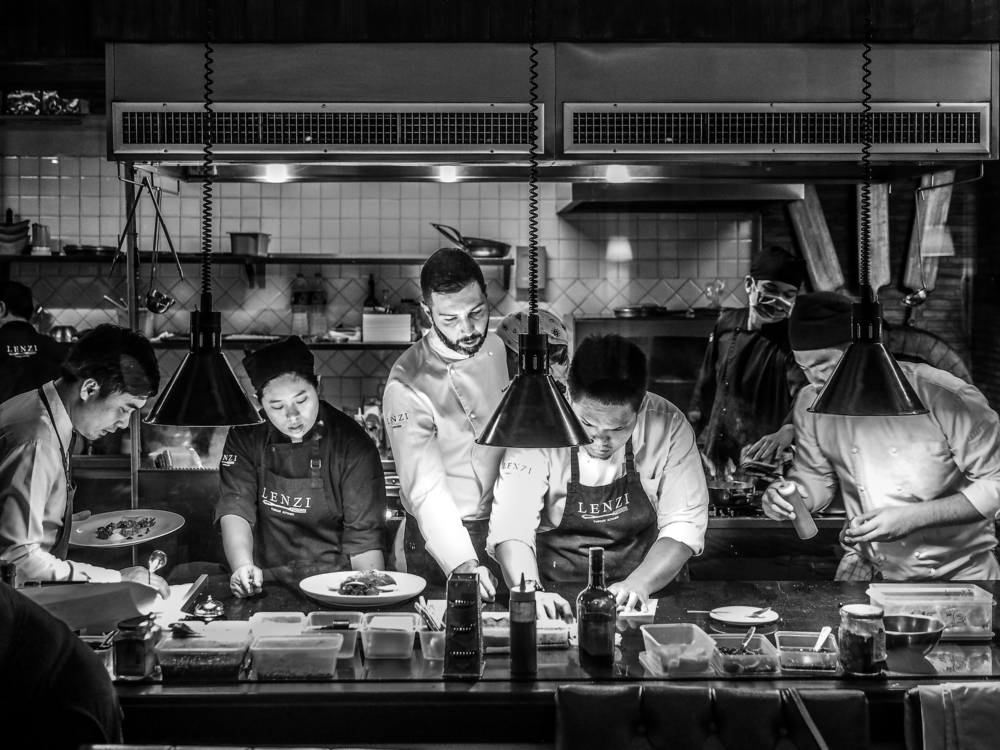We all know that good help is hard to come by and even harder to keep. In the current climate, the restaurant industry has been even more squeezed when it comes to the challenges of recruitment.
To keep it simple, there are too many kitchens and not enough cooks. Unfortunately, it is not only the back of house that is suffering during this labor shortage. America has a surplus of restaurants and nowhere near enough experienced talent to fill these roles. As the country begins to re-open and more and more individuals become vaccinated, the demand for dining out is increasing.
So, how can you survive this increase in demand during a labor shortage?
We’ll walk you through how the labor shortage may affect your restaurant and ways to overcome these challenges.
How the Labor Shortage Might Affect Your Restaurant
Customers may have to wait longer to be served.
With fewer staff members, seating may have to be decreased to keep orders flowing. With this decrease comes the inevitable increased wait times. Many restaurants have adopted a reservation-only policy, to keep customers from long wait times and to curb frustration.
Shrinking profit margins.
Decreasing your seating will lead to fewer checks, and profit margins could drastically shrink. The restaurant profit margin is already quite small, and with minimum wage hikes, this margin will become even smaller. With fewer staff members and a large demand for restaurants, you may find yourself shelling out overtime for your staff members.
Remember that retention of your staff is even more important during a labor shortage, as staff have an unlimited number of options if they choose to leave. So, while overtime hours may be necessary, keep in mind that this may cause tension in the back of house.
How You Can Survive the Labor Shortage
Keep staff happy.
This may sound like a no-brainer but your staff is more important now than ever, and they were pretty dang important before. Replacing and re-training employees is more costly to your restaurant than ever. Your number one priority during this time should be to remain fair to your current employees. Remember that employee loyalty is obtained with honesty, transparency, and respect.
Get the word out about your open roles.
Recruitment is more competitive than ever before, and you won’t be able to rely on your normal tactics. Make sure that you are hitting a larger pool of candidates by posting your job openings in as many places as possible. You might consider ads on social media, messaging boards, and hiring sites.
Re-think your culture.
The restaurant industry’s reputation for workplace quality is not stellar. It’s usually a high-stress environment with wonky hours and few employee benefits. Work with your current employees to open discussions about your workplace environment. You can reduce employee turnover by making sure your current employees feel included and their voices are heard. Make sure you are always giving exit interviews when employees leave. You can’t fix your issues if you are unaware of them. Remember, now is not the time to have an ego. If you can’t maintain your staff during a labor shortage, things could get hairy!
Offer outdoor seating without a server.
If you're short-staffed and wait times are piling up, one tactic is to close outdoor seating to full-service and open it for to-go orders. Customers can order their meal to go and enjoy it in your outdoor seating without a server. This way the staff you do have can focus their time on full-service tables.
The Labor Shortage is Here to Stay but You Can Manage
Many industry workers have completely left the industry after a tumultuous year and it’s unknown if they will ever return. With an increased demand for restaurants as the country opens back up, you can be certain this labor shortage is here to stay.
However, with a plan in place for this shortage, you can keep your head above water and take advantage of the increased demand.

